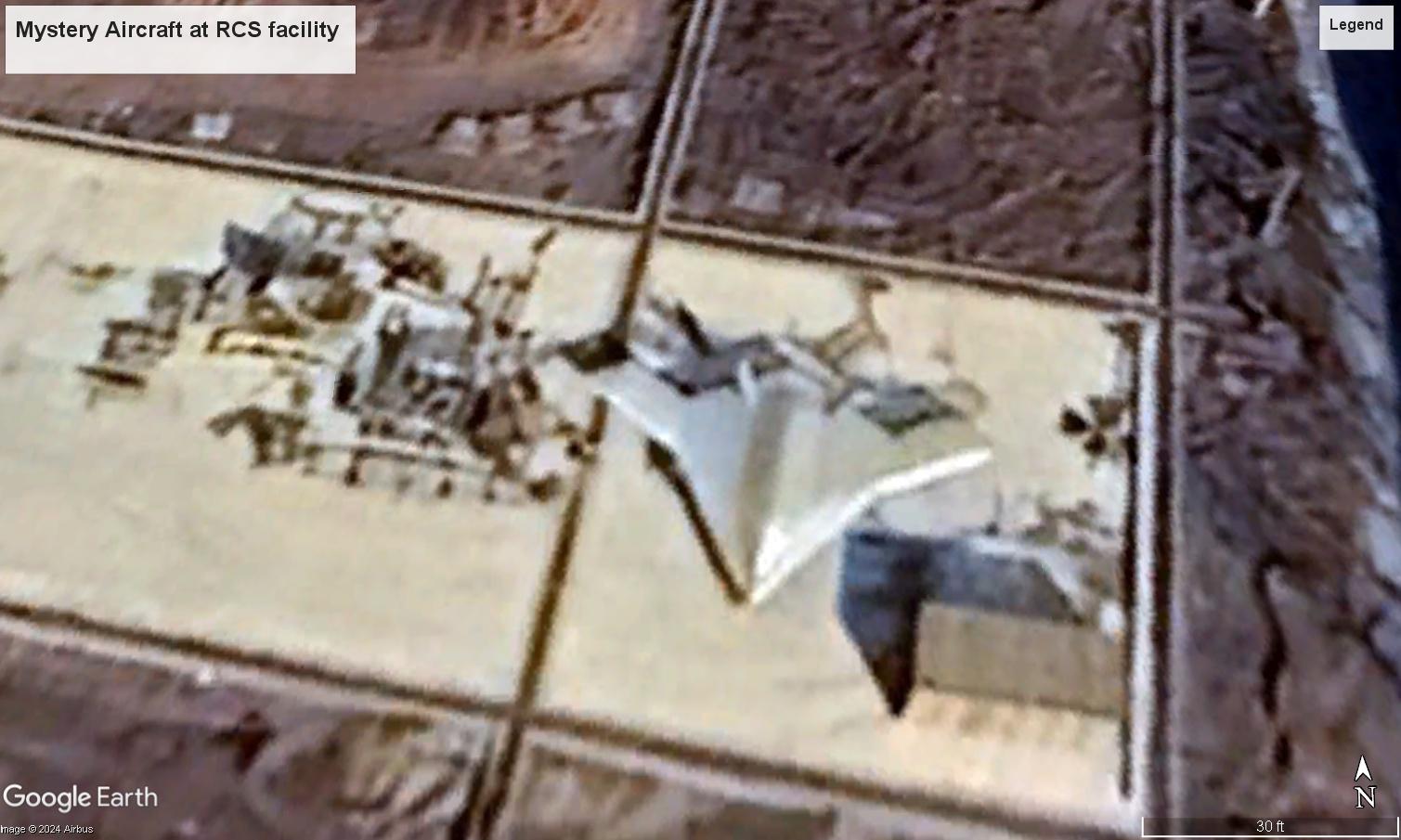
A test model is shown at the Chinese test range on Feb. 12, 2024.
Credit: Courtesy of Google Earth
A mystery aircraft model exposed by commercial satellites on a Chinese radar cross section test range reveals new features of an advanced design, which is shaped and sized similarly to the cranked-kite configuration of the Northrop Grumman X-47B. The test model was found on a known Chinese site for...
Subscription Required
Cranked-Kite Design Appears On China’s Stealth Test Range is published in Aerospace Daily & Defense Report, an Aviation Week Intelligence Network (AWIN) Market Briefing and is included with your AWIN membership.
Already a member of AWIN or subscribe to Aerospace Daily & Defense Report through your company? Login with your existing email and password.
Not a member? Learn how you can access the market intelligence and data you need to stay abreast of what's happening in the aerospace and defense community.





